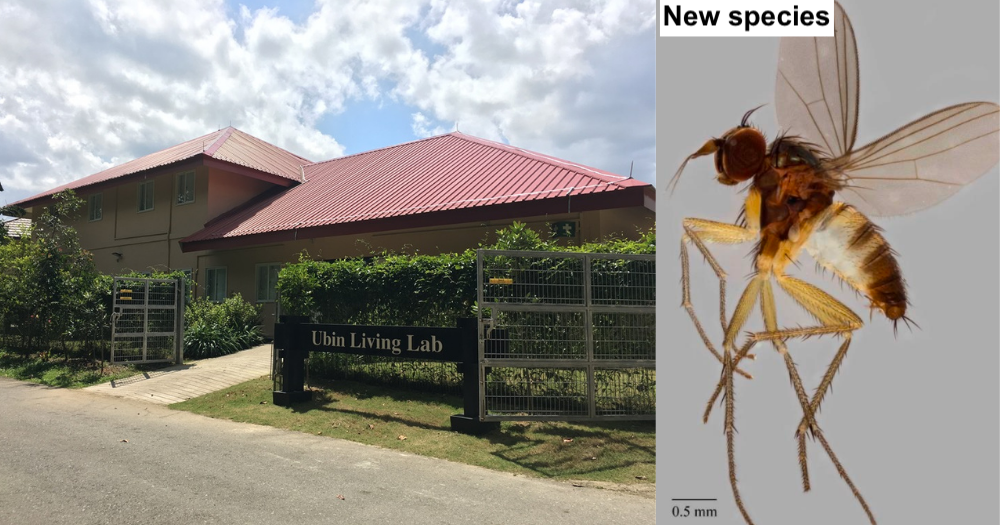Follow us on Telegram for the latest updates: https://t.me/mothershipsg
In conjunction with Ubin Day on Sep.11, the National Parks Board (NParks) have announced a new coastal arboretum on Pulau Ubin that will feature about 500 trees across 70 species native to the coastal environment in Singapore.
The one-hectare arboretum will feature multiple critically endangered plants, such as the Sea Tristania and the Damak-damak Tahun.
Damak-damak Tahun was once presumed nationally extinct until NParks rediscovered it at Coney Island in 2014.
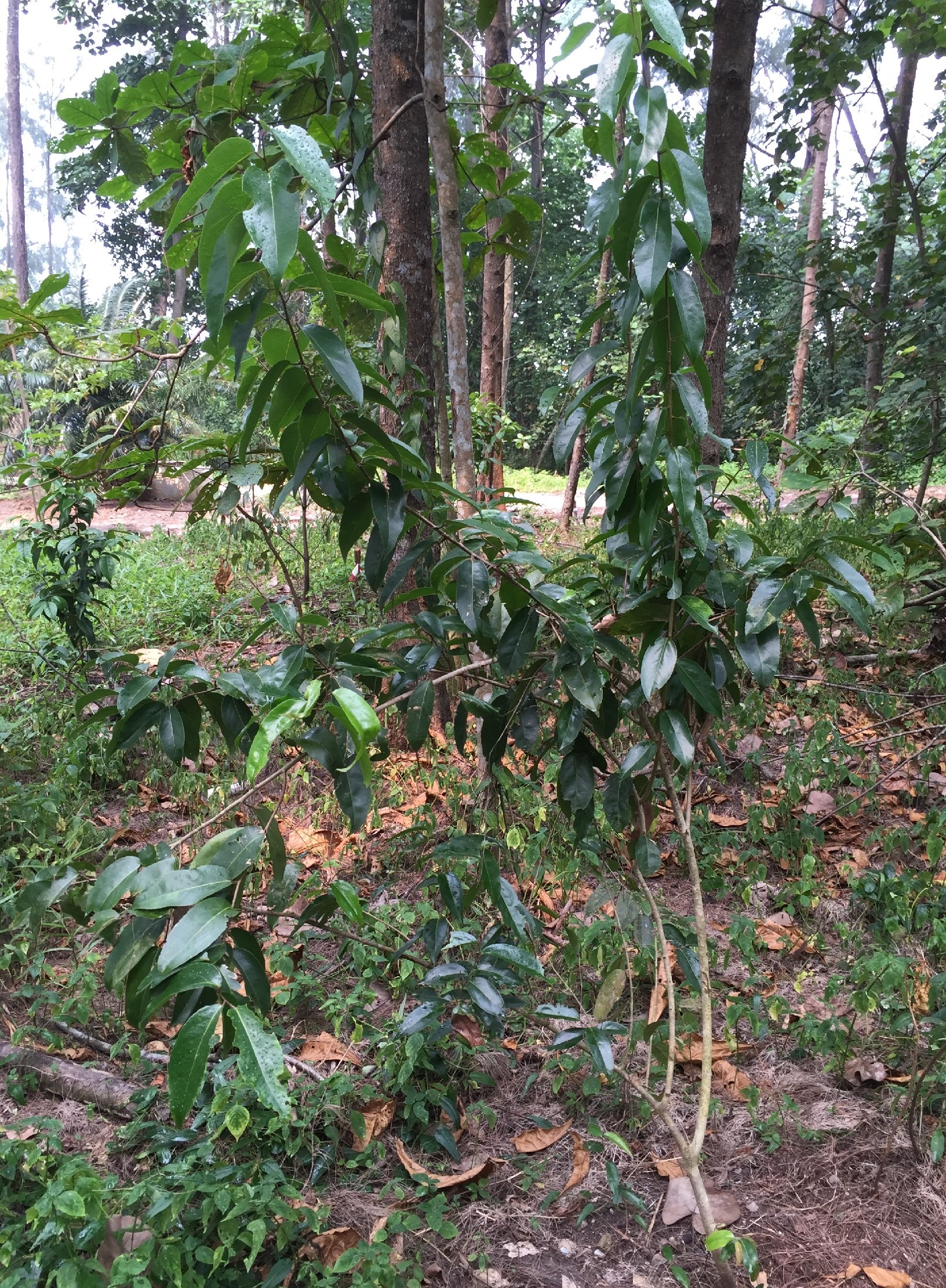 Photo of Damak-damak Tahun by Ang Wee Foong via NParks.
Photo of Damak-damak Tahun by Ang Wee Foong via NParks.
At the launch of the coastal arboretum, Minister for National Development Desmond Lee, and Minister for Sustainability and the Environment Grace Fu, planted saplings of the critically endangered Seashore Nutmeg, another native species once thought to be extinct.
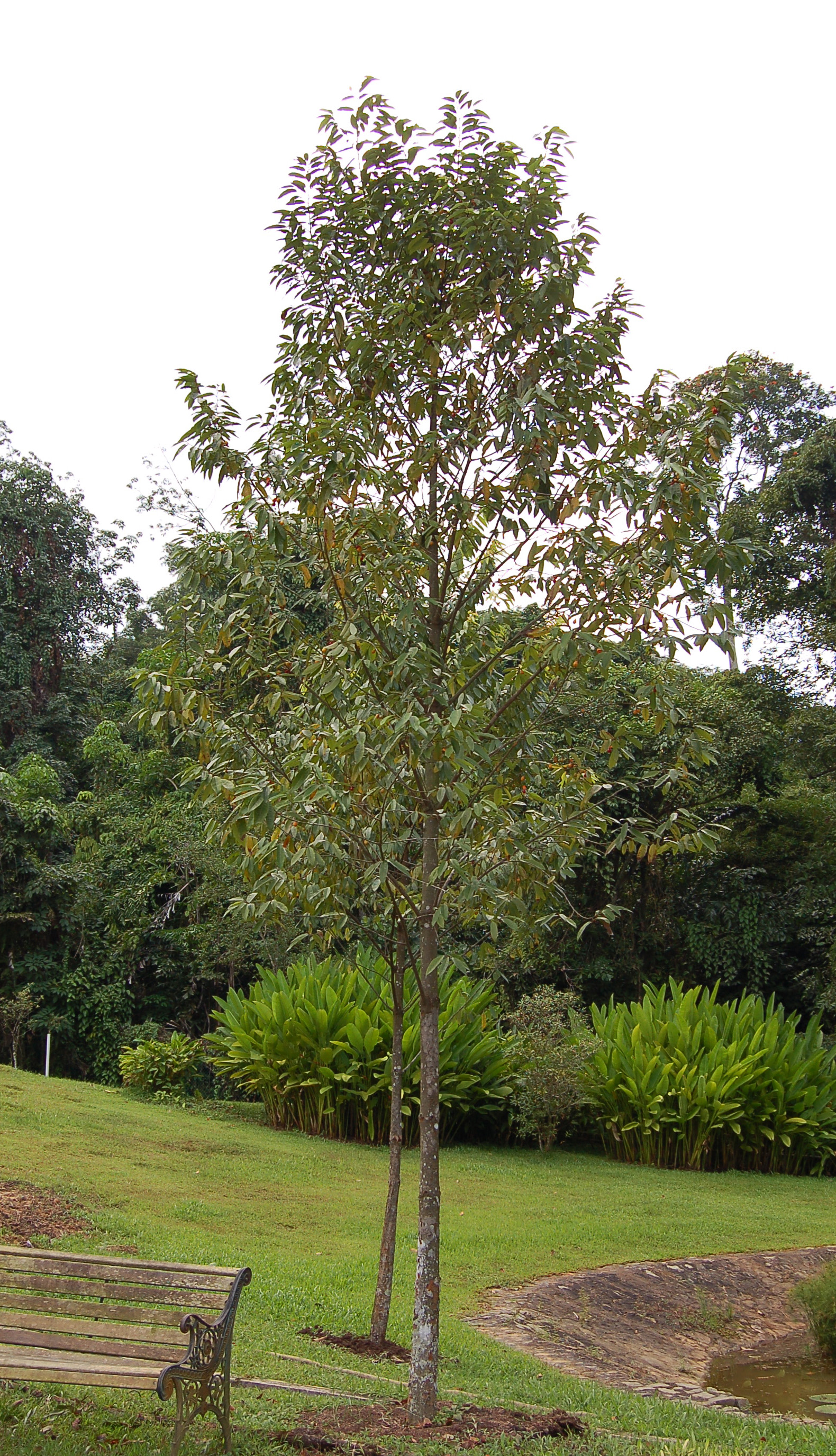 Photo of Seashore Nutmeg by Joyce Foo Ming Yen via NParks.
Photo of Seashore Nutmeg by Joyce Foo Ming Yen via NParks.
New coastal arboretum at Pulau Ubin
The arboretum is located at Ubin Living Lab, a 5.3 hectare-wide integrated facility for field studies, environmental education and community outreach.
For context, one hectare is about two-and-a-half times the size of a football field.
The new coastal arboretum complements the existing mangrove arboretum. It acts as a nursery for native coastal plant species which will eventually be reintroduced to and reestablished on the island as part of habitat enhancement efforts.
The new arboretum will be a valuable reference resource for students and researchers studying biodiversity, NParks stated.
Lee said that Pulau Ubin has always been a "special place" that is filled with rich biodiversity with various habitat types supporting an abundant diversity of native wildlife.
"Conserving these key habitats and ecosystems through tree plantings and other restoration efforts is crucial in ensuring the long-term survival of rare native species,” Lee added on the significance of the arboretum.
According to NParks, two insects that are new to science have also been discovered at Pulau Ubin in recent years, by collaborating researcher Dr Patrick Grootaert -- head of the entomology department of the Royal Belgian Institute of Natural Science.
Two new predatory invertebrates is a good sign
NParks announced the discovery of a new genus of the Sepsid fly and a new species of the Long-Legged fly (Trigonocera ubinensis), which were discovered in 2018 and 2019 respectively.
According to NParks, the two newly discovered insects are predators in the food chain, which is a good sign, as it reflects the abundance of preys available to them on the island.
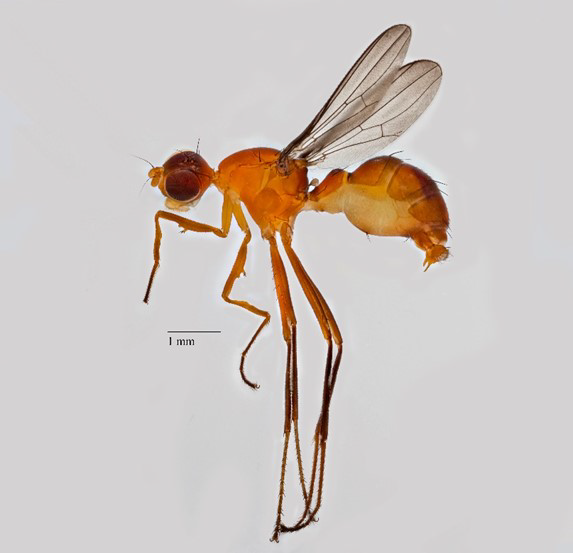 Photo of Sepsid fly by Maimon Hussin via NParks.
Photo of Sepsid fly by Maimon Hussin via NParks.
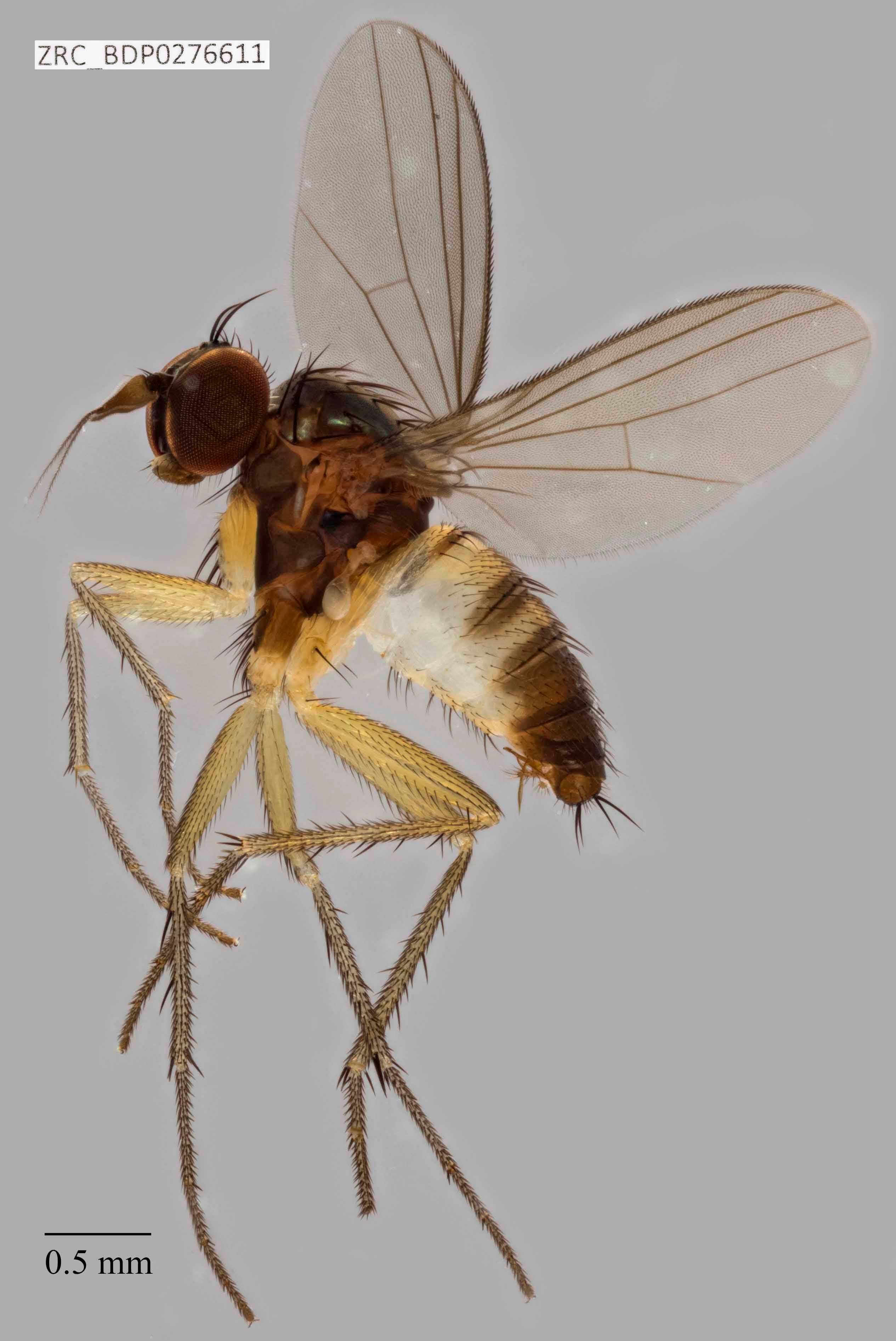 Photo of Long-legged fly by Rene Ong via NParks.
Photo of Long-legged fly by Rene Ong via NParks.
The public can participate in the OneMillionTrees movement
As part of NParks reforestation efforts at Pulau Ubin, the OneMillionTrees movement offers members of the public an opportunity to participate in tree planting activities at 12 designated sites.
A total of 3,500 trees are expected to be planted at the sites this year, in a bid to enhance biodiversity and ecological connectivity between these areas and the core forests around them.
According to NParks Conservation Division Group Director Lim Liang Jim, these efforts not only benefit the biodiversity at Pulau Ubin, but also allow the community to form closer bonds to the environment.
At the launch of the new coastal arboretum, Fu said that the OneMillionTrees movement is a great way for communities to contribute to Singapore's climate resilience.
Nature-based solutions such as reforestation are key strategy to Singapore's fight against climate change.
Earlier this month, Fu also touched on how Singaporeans have to adjust to the effects of climate change and outlined Singapore's adaption and mitigation measures in light of the new findings on climate change.
Improved accessibility and facilities for residents
Apart from enhancing the natural habitat at Pulau Ubin, NParks have also taken steps to improve the accessibility and facilities for the residents as well.
Reviewing the needs of the residents on a case-by-case basis, NParks had helped to repair two "kampung houses" in the past year, and have made commitments to undertake more "restoration" works in the future.
Fire extinguishers have also been provided to residents, with plans to install fire hydrants and hose reel networks in the works.
In a bid to improve accessibility on the island, NParks have made available a set of portable ramps to support residents on wheelchairs.
Ubin Day 2021
Ubin Day is a culmination of Pesta Ubin, a festival organised by NParks, Friends of Ubin Network (FUN) members and the community.
First held in 2002, this is the 10th time Ubin Day is being organised to celebrate the different facets of the island.
During the three-week-long festival this year, members of the public can learn more about Pulau Ubin’s rich biodiversity and natural history through virtual tours, talks, and more.
For more information on Ubin Day, members of the public can visit their website.
Top image via NParks website
If you like what you read, follow us on Facebook, Instagram, Twitter and Telegram to get the latest updates.
